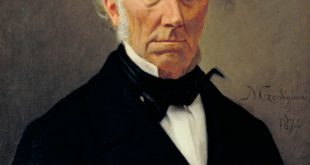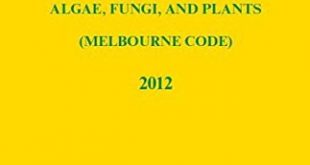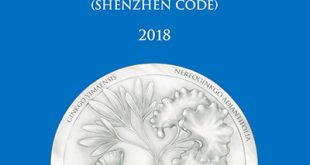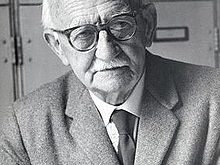In 1898, Nemec noted that in the petaloid anthers of Hyacinthus orientalis, the pollen grains sometimes form large eight-nucleate structures showing a surprising resemblance to embryo sacs. He believed that they arose as the result of a degeneration of the generative nucleus and three divisions of the vegetative nucleus of …
Read More »Discovery about the Male, Female Gametophytes & Syngamy
Among early students of the development of pollen, Hofmeister (1848) presented some surprisingly good illustrations of the process of tetrad formation (microspore tetrad), and Reichenbach, Hartig and several other workers noted the presence of two nuclei in whole mounts of the mature pollen grains of several angiosperms. Discovery of nature …
Read More »Pollen Tube Discovery by G. B. Amici
A pollen tube is a tubular structure produced by the male gametophyte (pollen grain) of seed plants when it germinates at the top of the stigma. It’s elongation is an integral stage in the plant life cycle as it brings the sperm nuclei towards the ovule and causes to happen fertilization. …
Read More »Biosystematics: Steps and Categories
The steps in the biosystematic investigation are as follows A sampling of taxon and its population and cytological study of the chromosome of many populations within geographical races, species, and genera; differences in chromosome number, morphology, and behavior of meiosis indicated genetic differences. Determination of the ability of the different …
Read More »IUCN Red List Categories
The International Union for Conservation of Nature’s Red List of Threatened Species Established in 1964, has evolved to become the world’s most comprehensive information source on the global conservation status of animal, fungi and plant species. The IUCN Red List is a critical indicator of the health of the world’s …
Read More »Division II: Rules and Recommendation
Melbourne Code Division II: Rules and Recommendation Chapter II: STATUS, TYPIFICATION, AND PRIORITY OF NAMES Section I: Status Definitions Article 6 (*Some articles are cropped to avoid more detailed info unnecessary in our level. If you wish, you can read the full code from the link here: Melbourne Code) 6.1. Effective …
Read More »Introduction to ICN & Preamble of Two Codes
The International Code of Nomenclature for algae, fungi, and plants (ICN) is the set of rules and recommendations dealing with the formal botanical names that are given to plants, fungi and a few other groups of organisms, all those “traditionally treated as algae, fungi, or plants”. It was formerly called …
Read More »Cronquist’s System of Classification
Arthur Cronquist was the Senior Curator of New York Botanic Garden and Adjunct Professor of Columbia University. He presented an elaborate interpretation of his concept of classification in The Evolution and Classification of Flowering Plants (1968), The further edition of his classification was published in “An Integrated System of Classification …
Read More »Phylogenetic Classification of John Hutchinson
John Hutchinson was a British botanist associated with Royal Botanic Gardens, Kew, England. He developed and proposed his system based on Bentham and Hooker and also on Bessey. His phylogenetic system first appeared as “The Families of Flowering Plants in two volumes. The first volume contains Dicotyledons (published in 1926) …
Read More »Takhtajan’s System of Classification
Present-day Armenian-born botanist & systematist Armen Leonovich Takhtajan (1910-2009) was one of the most influential figures of 20th century in the field of plant evolution, systematics, and biogeography. His other interests included morphology of flowering plants, paleobotany, and the flora of the Caucasus (region between the Black sea & the Caspian sea). Good to know …
Read More » Plantlet The Blogging Platform of Department of Botany, University of Dhaka
Plantlet The Blogging Platform of Department of Botany, University of Dhaka









